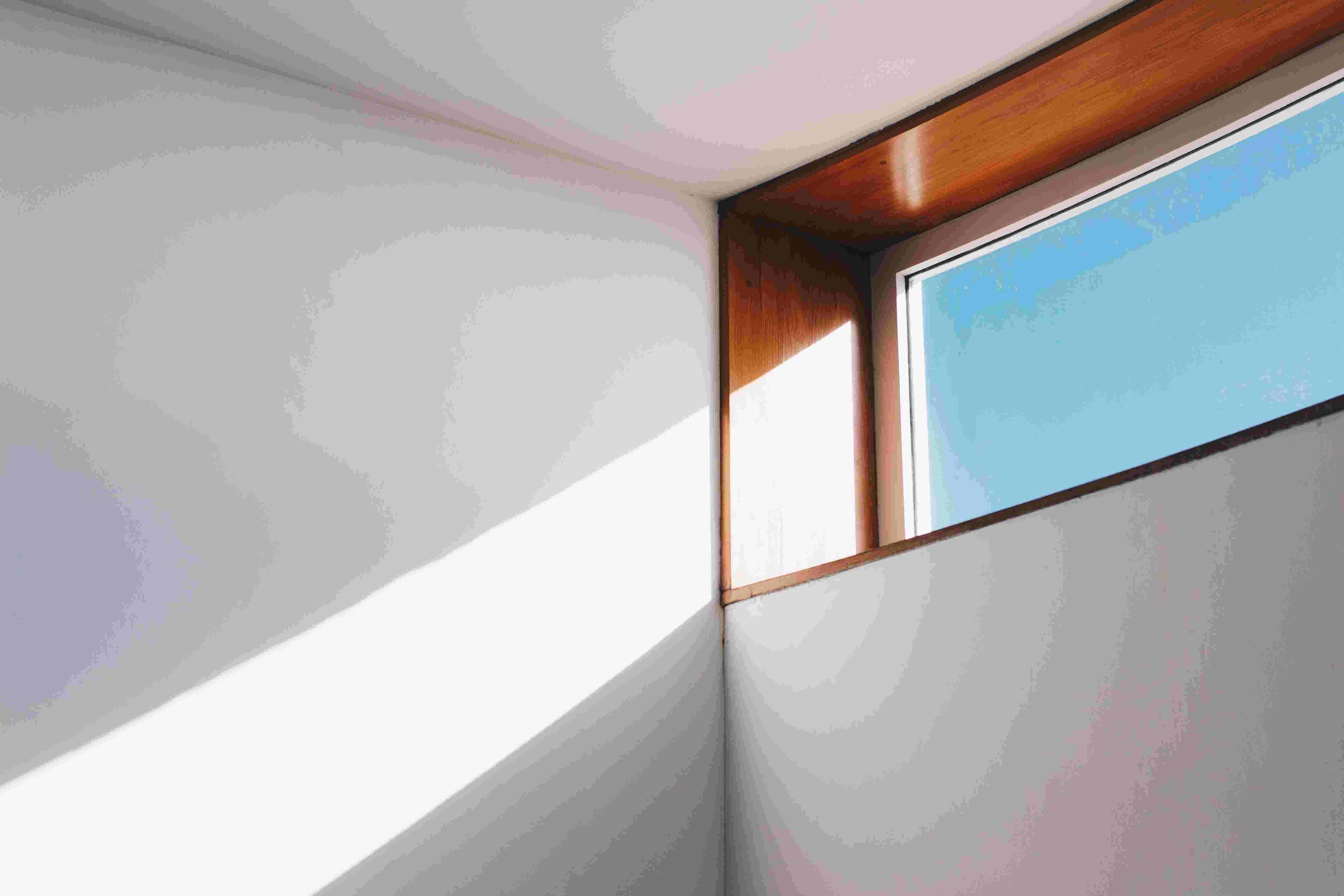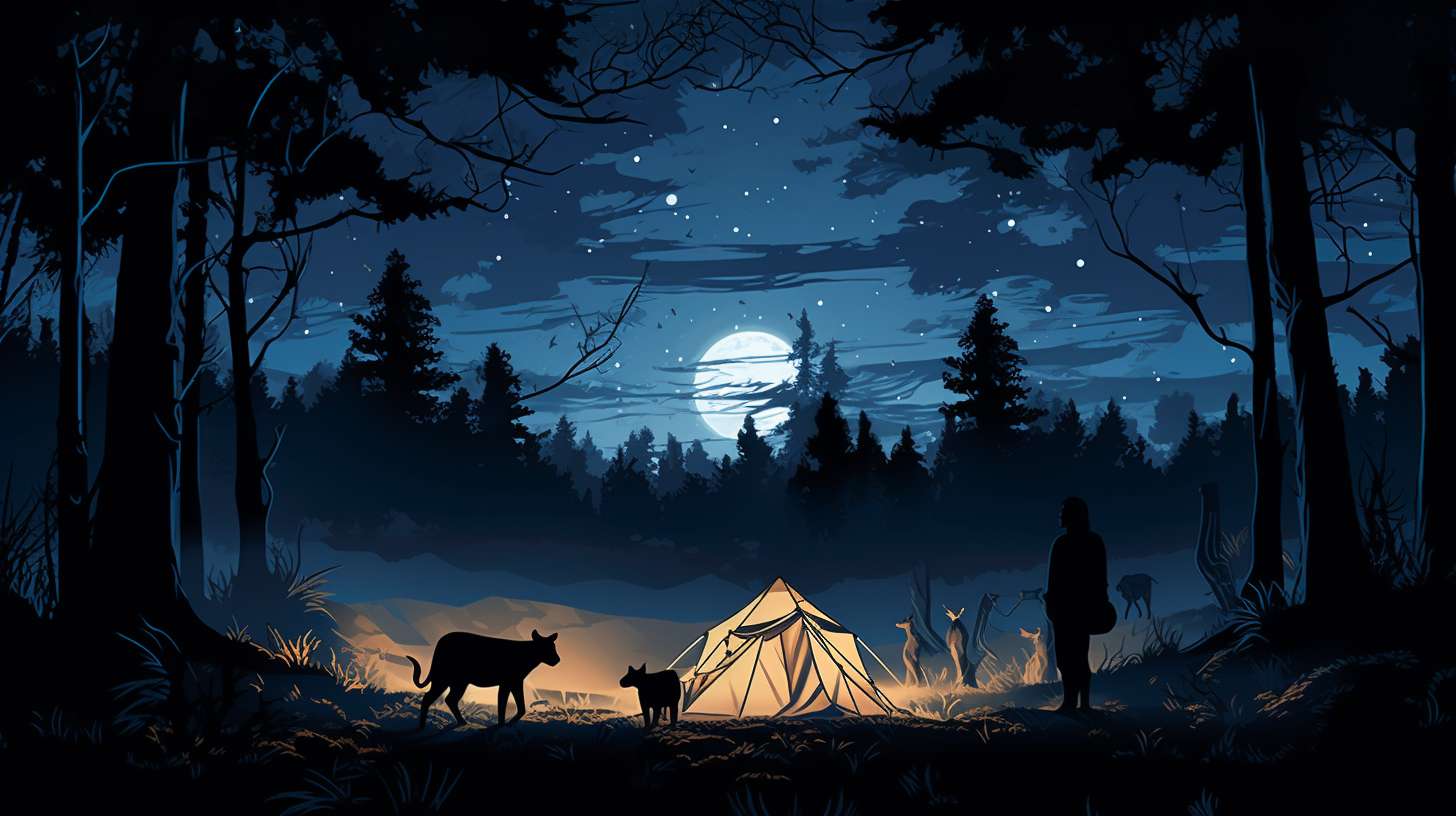
Does Light Attract Animals Camping
Table Of Contents
- The Impact of Artificial Light on Nocturnal Wildlife
- Understanding the Role of Light in Animal Navigation
- How Light Pollution Affects Animal Behavior While Camping
- The Attraction of Insects to Light Sources at Night
- Exploring the Connection Between Moonlight and Animal Activity in Campgrounds
- Conclusion

Do you ever wonder why animals seem drawn to the glow of your campfire or the beam of your flashlight? In this article, we will explore the fascinating relationship between light and wildlife during camping trips.
From the impact of artificial light on nocturnal creatures to the attraction of insects to light sources, we will delve into the scientific understanding of how light affects animal behavior.
Get ready to discover the hidden connections between moonlight and animal activity in campgrounds.
The Impact of Artificial Light on Nocturnal Wildlife
If you want to understand the impact of artificial light on nocturnal wildlife, you need to consider its effects on their behavior and habitat.
Light pollution has been found to disrupt bird migration patterns, leading to disorientation and navigation errors.
Additionally, the presence of artificial light can significantly impact bat foraging behavior, as it interferes with their ability to detect prey and navigate in the dark.
These effects highlight the importance of minimizing light pollution to protect nocturnal wildlife.
Understanding the Role of Light in Animal Navigation
To understand the role of light in animal navigation, you must consider how it influences their ability to find food and navigate their surroundings. Light serves as a crucial cue for many species during migration, helping them determine direction and distance. For example, birds rely on the position of the sun and stars to orient themselves. Additionally, light plays a significant role in regulating animal sleep patterns. Exposure to artificial light at night can disrupt their natural sleep-wake cycles, leading to negative consequences for their health and behavior.
| Role of Light in Animal Migration | Effects of Light on Animal Sleep Patterns |
|---|---|
| Light helps animals determine direction and distance during migration | Exposure to artificial light at night disrupts natural sleep-wake cycles |
| Birds use the position of the sun and stars as cues for navigation | Disrupted sleep patterns can have negative consequences for animal health and behavior |
| Light serves as a crucial orientation cue for many species | Artificial light can interfere with the production of melatonin, a hormone important for sleep |
| Animals rely on natural light patterns to navigate their surroundings | Light pollution can affect the timing and duration of sleep in animals |
| Changes in light availability can impact animal migration patterns | Disrupted sleep can lead to decreased cognitive performance and increased stress levels |
How Light Pollution Affects Animal Behavior While Camping

Light pollution can disrupt animal behavior while camping, so it’s important to be mindful of the impact of artificial light on wildlife. One of the effects of light pollution is its interference with bird migration. Birds rely on natural light cues to navigate during migration, and artificial lights can lead them off course or confuse their internal compass.
Additionally, the impact of campfire smoke on animal behavior should be considered. Smoke can irritate animals’ respiratory systems and disrupt their usual patterns of behavior.
The Attraction of Insects to Light Sources at Night
You may have noticed that bugs are often drawn to light sources at night, such as lamps or outdoor fixtures. This phenomenon, known as phototaxis, refers to the insect behavior of being attracted to or repelled by light. The exact reasons behind this behavior are not yet fully understood, but it is believed to be influenced by a combination of factors, including the insects’ vision, navigation, and mating patterns. Scientific studies have shown that certain wavelengths of light, particularly those in the ultraviolet range, are more attractive to insects. This attraction to night time illumination can have significant implications for both the insects and the ecosystems they inhabit.
| Insect Behavior | Night Time Illumination |
|---|---|
| Phototaxis | Influence on Mating |
| Vision | Navigation Patterns |
| Ultraviolet Light | Implications for Ecosystems |
Exploring the Connection Between Moonlight and Animal Activity in Campgrounds

During your camping trip, have you ever wondered if there’s a connection between the presence of moonlight and the activity of animals in campgrounds? Researchers have found that moonlight can have an impact on animal sleep patterns and influence their behavior.
The relationship between moon phases and animal activity is an intriguing subject of study. Consider the following bullet points to visualize this connection:
- Animals emerging from their dens and burrows under the light of the moon
- Nocturnal creatures scurrying around, taking advantage of the illuminated surroundings
- Predators utilizing the moonlight to hunt for prey more effectively
- Noises of rustling leaves and twigs as animals move around in the moonlit campground.
Understanding the influence of moonlight on animal activity can provide valuable insights into the natural rhythms and behaviors of wildlife in campgrounds.
Conclusion
In conclusion, while it’s true that light can attract some nocturnal animals while camping, it’s important to consider the negative impact of artificial light on wildlife behavior and navigation.
Light pollution disrupts natural processes and can lead to altered animal activity patterns.
However, by being mindful of our use of artificial light sources and embracing natural alternatives, we can minimize these disruptions and create a more harmonious coexistence with the animals that share our camping grounds.
Disclaimer: Some information is provided through AI. Users should always conduct their own research and consult with qualified professionals before making any decisions.Affiliate information declaration: We may earn revenue from the products referred on this page and participate in affiliate programs.


